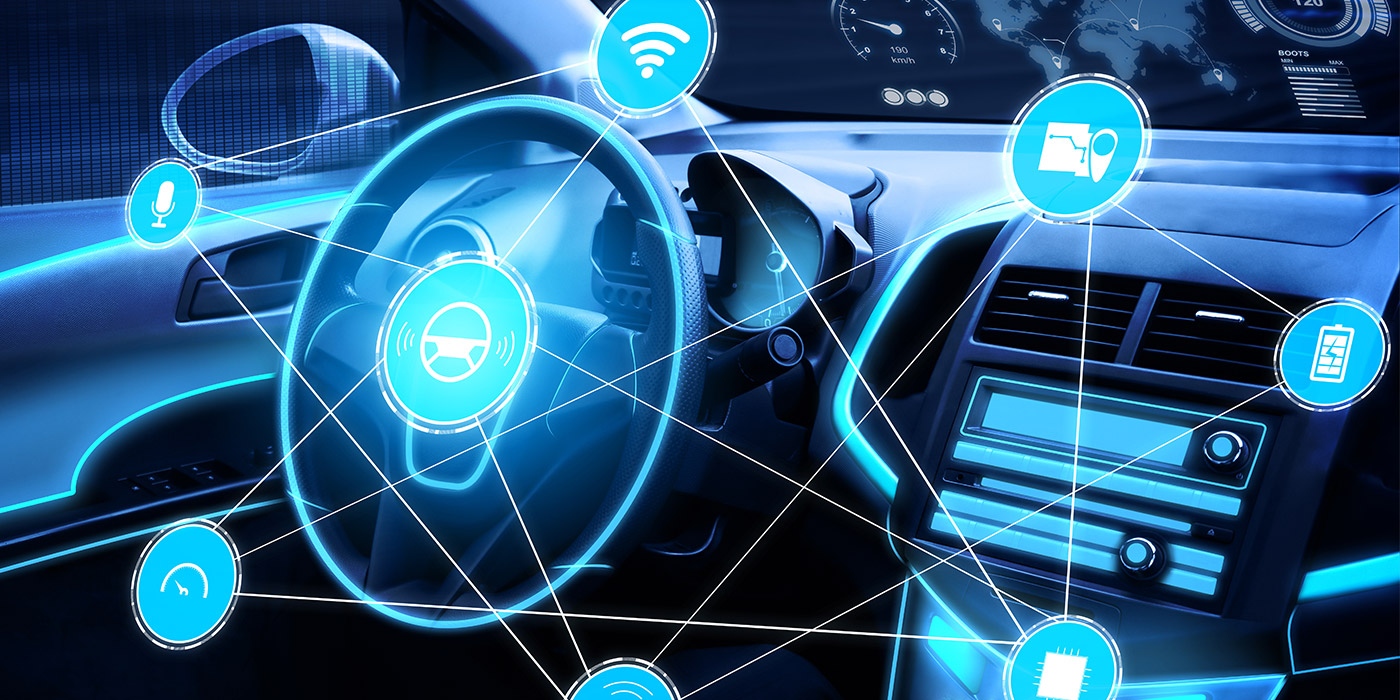When people hear the term “telematics,” they often think of complex technology, GPS data, and fleet management software. But there’s more to telematics than algorithms and automation. At its core, telematics has a very human side—one that impacts employees, managers, and organizations in meaningful ways. For businesses aiming to strike a balance between performance and people, understanding the human element of telematics is key.
Technology should support—not replace—the human workforce. Let’s explore how telematics can do just that.
What Is Telematics?
Telematics is the integration of telecommunications and informatics to transmit real-time data about vehicles, equipment, or assets. In a workplace context, a fleet tracking system is one of the most common applications of telematics. It allows employers to monitor vehicle locations, driver behaviors, route efficiency, fuel use, and maintenance needs, all from a central dashboard.
While these systems are powerful tools for managing logistics, they also have a direct influence on workplace culture, employee wellbeing, and leadership effectiveness.
Encouraging a Culture of Accountability
Telematics offers transparent performance data that helps set clear expectations across a team. Instead of relying on assumptions or sporadic feedback, managers can use consistent, data-driven insights to evaluate productivity, provide constructive coaching, and recognize great performance.
This fosters a culture of fairness and accountability—where employees know they’re being evaluated on objective criteria rather than personal bias. When used ethically, telematics builds trust between managers and frontline workers.
Enhancing Employee Safety
The human impact of telematics is perhaps most visible in driver safety. Real-time monitoring can identify unsafe driving behaviors such as speeding, harsh braking, or aggressive turning. When these patterns are flagged, organizations can step in with training and support, helping reduce the risk of accidents and injuries.
Additionally, timely maintenance alerts help prevent breakdowns, keeping drivers safer and less stressed on the road. It’s not just about protecting vehicles—it’s about protecting lives.
Supporting Employee Development
Data collected from telematics systems can highlight skill gaps and areas for improvement. This information empowers HR professionals and team leaders to create personalized training programs and reward improvements over time.
For example, a driver consistently flagged for late arrivals may benefit from route planning training, while another showing signs of fatigue might need schedule adjustments. It’s an opportunity to provide support, not surveillance.
Building Stronger Teams Through Communication
One often overlooked benefit of telematics is how it improves communication. Real-time location data allows dispatchers to update customers accurately and reroute drivers efficiently. This means fewer miscommunications and less frustration for drivers, clients, and support staff alike.
It also enables frontline employees to feel more connected to the wider team. They know help is just a call away, and that their work is being seen and supported.
Navigating Privacy and Ethical Use
As with any technology that involves monitoring employees, ethical use is critical. Businesses must be transparent about what is being tracked, why it’s being tracked, and how the data will be used. Employees should be part of the conversation, with opportunities to provide input and voice concerns.
When used with consent and integrity, telematics becomes a tool for mutual benefit—not control.
The Takeaway
Technology doesn’t exist in a vacuum. Every digital tool impacts real people—and telematics is no exception. From creating safer work environments to enabling personal growth, a thoughtful fleet tracking system can contribute to a healthier, more human-centric workplace.
For business leaders and HR professionals, the challenge is clear: don’t just focus on what the data can do—focus on how it can empower the people behind the data. That’s the true future of telematics.











